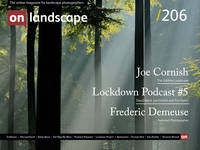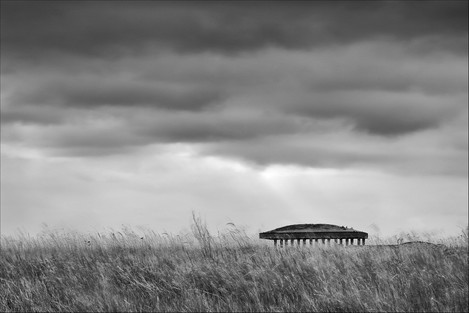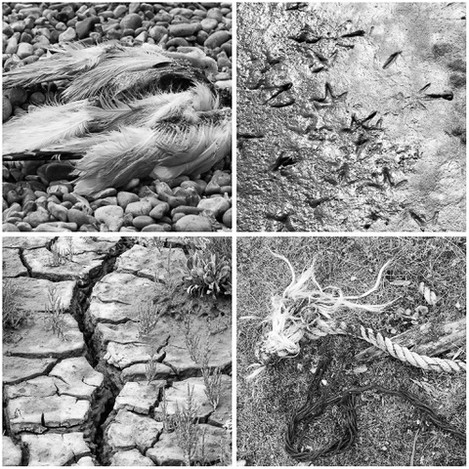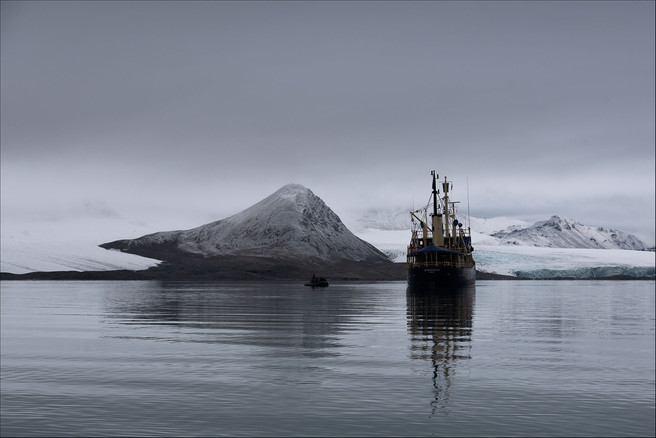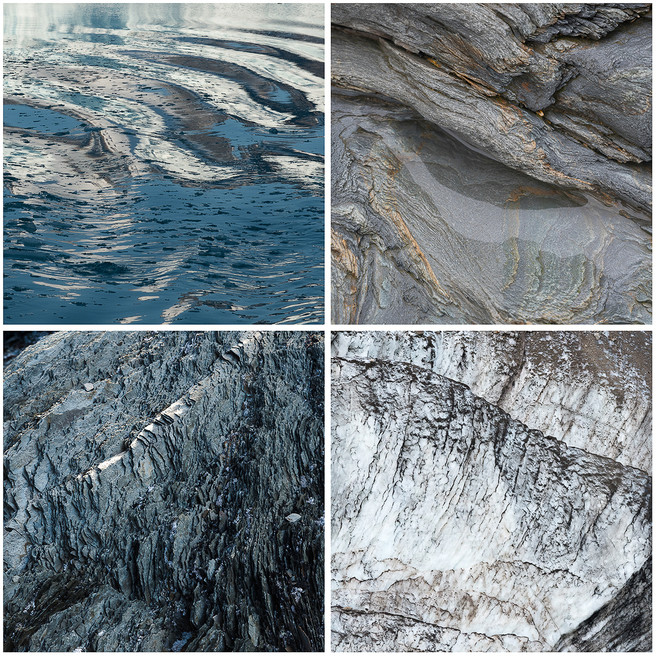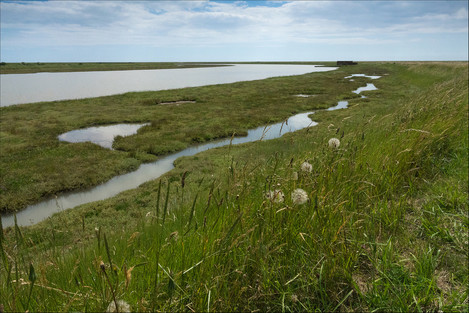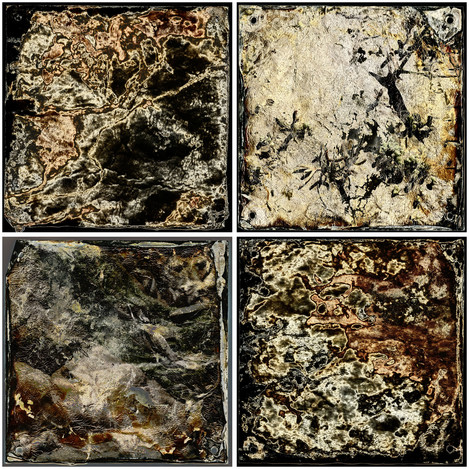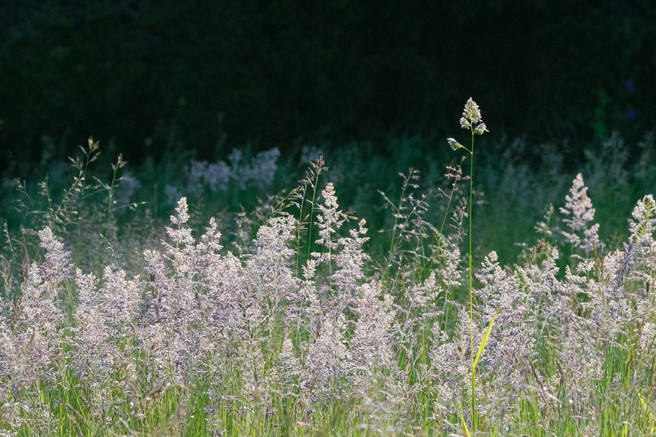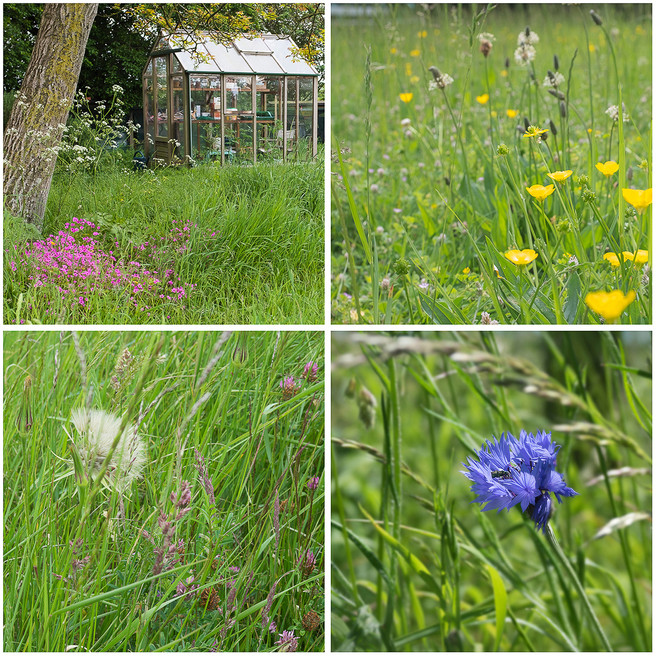Encouraging local sustainability

Veronica Worrall
I was inspired by the question “What are artists doing to address the climate crisis?” As I researched the environmental stories told by world respected landscape photographers, I, myself, got wet, muddy and philosophical in my local salt marsh. I share my journey and suggested next steps.
My passion for the planet has for a time refocussed on compassion for humanity. COVID 19 has us frightened for family and friends, has us watching bewildered as we observe the best and the worst of mankind and has us struggling to understand. Originally, I had drafted this article as my response to Ted Leeming's and Morag Paterson's questioning our responsibilities as Landscape photographers. I had written about the difficulty of making tough decisions in order to live sustainably. It now seems this is being forced upon us and we have an opportunity to reshape how we live.
However hard I tried to reduce my environmental footprint I realised I was still part of the problem! What more could I do? I asked is it worth it? We are living in a world where the USA permits new drilling for oil in the pristine Arctic, (Carter, 2019) where China has negotiated extensive coal mining in Africa (Obura, (2017) and where Brazil's government 'shrugs off' the burning of the Amazon rainforest (Hockaday, 2019). We live in a world where populations are pushed into extreme poverty needing cheap food and clothing (Nixon, 2011:40), a world where multinational corporations not only commit massive environmental degradation (ibid) but also send out enticing glossy advertisements tempting me with even faster camera lenses and 'high tech' fabric to wear whilst waiting for the golden hour. Yet locally, a group of youngsters plan to clear plastic from Orford Ness shores (see fig 1 & 2) and another group plan rewilding patches of land in Ipswich. I too need to believe my own actions can help reverse the processes which are taking us to a global climate tipping point.
Although I am less and less enticed to buy new equipment, I still need to question the carbon cost of my photography …. especially those taken in faraway places. Whether it is 400 miles return to the Peak District or 4000 miles return to the Arctic where I toured a couple of years ago (see fig 3 & 4) or the 12000 miles to the Galapagos, my cancelled photo tour booked for April. As I learn the high climate cost of air flight, even with 'offsetting', I ponder more and more about the carbon footprint dilemma of landscape photographers who love all that is beautiful on this planet.
Over the past two years, I have been researching the science, politics and economics behind the underlying tensions and resistance to climate change. I have been asking what does this mean for the photographer? When I voice my concerns, the responses are very much about the hopeless task in a world which is governed/controlled by those listed in my opening musings.
Photographers have a global perspective and we care intensely about the beauty of the landscape. We also know our own localities as well as anyone. Could we be a powerful force to encourage local sustainability? Everywhere there are small parcels of important ecological niches under threat. It was the rate of loss of salt marsh along Suffolk coastlines, as important to the world's ecology as the Amazonian rainforest, that started me on a local photographic project. I explored my perspective of ecology and buried my prints for 10 weeks (see below). I spent hours in the salt marsh recognising what is at stake which gave me the courage to write this. I got very muddy but returned home a different person.
This was my final photographic degree project, after 7 years of study with OCA. At age 70, which now has a new significance, I realise I am rather late to emerge as an artist (new graduates are called emerging artists so I found out recently!), but I may not be too late to start a discussion.
With my time speeding up I offered to share more about my own project at the 'Meeting of Minds' On Landscape Conference 2020. I have also been thinking what next and how could landscape photographers act locally but link together to increase our impact. Could we use our creativity and skill, our dedication and commitment, to raise the profile of specific issues and/or might we link in with the scientists from Wildlife Trusts, conservation bodies and local universities? There are numerous studies evidencing how artists raise the impact of scientific findings.
Here is an idea for a shared photographic project to while away our summer days close to home! I read about the importance of 'leaving the grass to grow 8-10cm (3-4in) tall which means clovers, daisies, self-heal and creeping buttercup can also flower.' (Weston, 2020) The article went on to cite Memmott 'You can’t personally help tigers, whales and elephants but you really can do something for the insects, birds and plants that are local to you,' (ibid) The global mass of insects is falling by 2.5% a year and 40% insect species are threatened by extinction within a few decades, according to a global scientific review last year. (Sanchez-Bayo, 2019). We have all heard how bees are essential to our survival.
Rather than spending our extra time at home tidying the garden, could we look to see how we can help sustain the survival of vital creatures? By default, last year, at home I did less mowing and was amazed at the increase of insect and birdlife. (see fig 7 & 8)
Could we pull together a portfolio of our landscape work – both wild and cultivated - showing the benefit of letting flowers bloom and seed heads ripen? Our photographs just might encourage less mowing, less highly trimmed gardens and parklands and wilder local verges in the future. Could we encourage all to love dandelions? Dandelions, which have just begun flowering, are rich in nectar and the early food for bees and butterflies. What do you think?
In time I am hoping to set up an East Anglian ecological art resource and approach environmentally aware organisations to offer an 'art for science' service ...whether this will work we shall see! But I would very much like to learn from anyone who has done anything similar within their community. It is likely to be a tough and sometimes disappointing road but do I have a choice? As Dr R. Macfarlane wrote in 2016,
We are living in the Anthropocene age, in which human influence on the planet is so profound - terrifying - it will leave its legacy for millennia. Politicians and scientists have had their say, but how are writers and artists responding to this crisis? (Macfarlane, 2016)
References and Bibliography
Curtis, D. J., Reid, N., Ballard, G. (2012) 'Communicating Ecology through Art: What Scientist Think" [online] https://www.ecologyandsociety.org/vol17/iss2/art3/ (Accessed on 8 October 2018)
Demos, T.J. (2017) Against the Anthropocene Visual Culture and Environment Today. Berlin: Sternberg Press.
Carter, L. (2019) 'BP backs Trumpo's Artic oil drilling plans despite climate risk'. In: UNEARTHED [online] https://unearthed.greenpeace.org/2019/05/19/bp-arctic-drilling-climate/ (Accessed on 17 February 2020)
Hockaday, J. (2019) 'Amazon rainforest still burning despite ban from Brazil government.' In: Metro News [online] https://metro.co.uk/2019/09/04/amazon-rainforest-still-burning-despite-ban-brazil-government-10686406/ (Accessed on 17 February 2020)
IPCC. (2018) Global Warming of 1.5degrees [online] https://www.ipcc.ch/sr15/ (Accessed on 17 March 2020)
Klien, N. (2014) This Changes Everything: Capitalism vs The Climate. New York: Simon & Schuster
Macfarlane, R. (2016) 'Generation Anthropocene: How humans have altered the planet forever.' In: The Guardian [online ] https://www.theguardian.com/books/2016/apr/01/generation-anthropocene-altered-planet-for-ever (Accessed on 17 March 2019)
Nixon, R. (2013) Slow violence and the environmentalism of the poor. Cambridge USA: Havard University Press
Obura. D, (2017) 'As China has boosted renewable energy it's moved dirty coal production to Africa'. In: QuartzAfrica [online] https://qz.com/africa/1087050/china-moved-coal-production-to-kenya-with-risky-environmental-impact/ (Accessed on 17 February 2020)
Sanchez-bayo F. (2019) 'Worldwide decline of the entomofauna' In: Science Direct [online] https://www.sciencedirect.com/science/article/abs/pii/S0006320718313636 (Accessed 14 February 2020)
Weston, P. (2020) 'Help bees by not mowing dandelions'. In: The Guardian [online]
https://www.theguardian.com/environment/2020/feb/01/help-bees-not-mowing-dandelions-gardeners-told-aoe

